WHAT ARE SPREAD DIAMONDS?
THE PROS AND CONS TO BUYING SPREAD DIAMONDS
This post contains affiliate links. If you use these links to buy something I may earn a commission. Thanks! As an Amazon Associate I also earn from qualifying purchases.
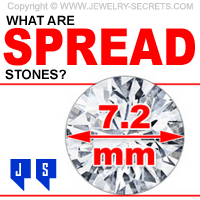
Spread diamonds are narrow (shallow) diamonds that look larger than they really are.
The width is wider than normal and the depth is shallower than normal (normal by ideal cut standards).
This doesn’t sound like a big deal, but trust me, it is!
There are pros and cons to buying a diamond cut like this.
We’ll take a look at the reasons and then discuss why it’s done and how it affects you.
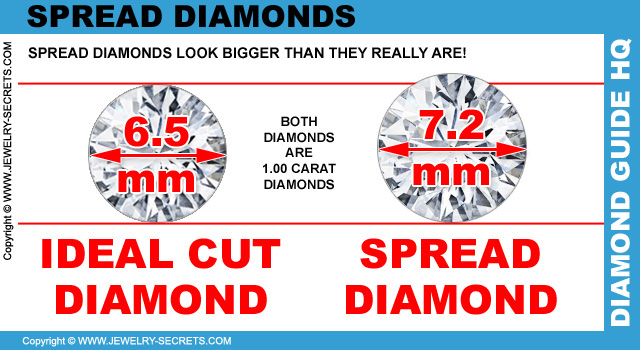
The cons to spread diamonds:
1) The diamond lacks sparkle
2) The diamond is vulnerable to chipping
3) The diamond is hard to upgrade
4) The diamond value will be lower
Let’s dig deeper into the cons and then we’ll move over into the pros…
1) The diamond lacks sparkle:
Diamonds that are thin, shallow and narrow will lose light out of the bottom of the diamond. This results in a lack of brilliance, sparkle and scintillation. See image below…
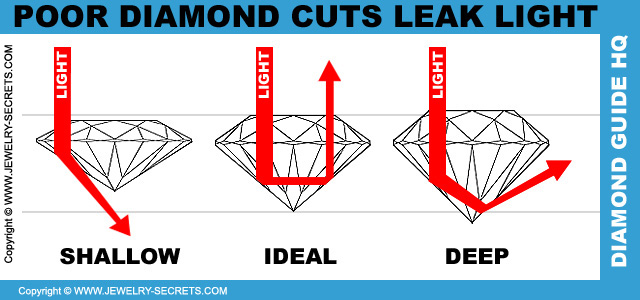
Diamonds that are spread will have mm sizes larger than what they should be.
For example, a one carat (1.00) diamond should have a mm size (measured from one side of the girdle to the other) of 6.5mm – see image above.
So if you have a one carat spread diamond, that diamond could have a mm size of 7.2 or larger.
Usually any diamond that is 10% larger or more in mm width than normal will be considered a spread stone.
A normal 1/2 carat (50 point) diamond has a standard mm size of 5.2mm. A Spread 1/2 Carat Diamond would be 5.75 mm or larger (looking more like a 3/4 Carat Diamond).
A 3/4 Carat (75 Point) Diamond has a normal mm size of 5.75 mm. A spread 3/4 carat would be 6.32 mm (looking more like a one carat diamond).
Check the certificate:
If you look at your diamond certificate report (I prefer GIA and AGS certified diamonds) and see the mm width larger than normal, be cautious. Diamonds like this will probably lack sparkle.
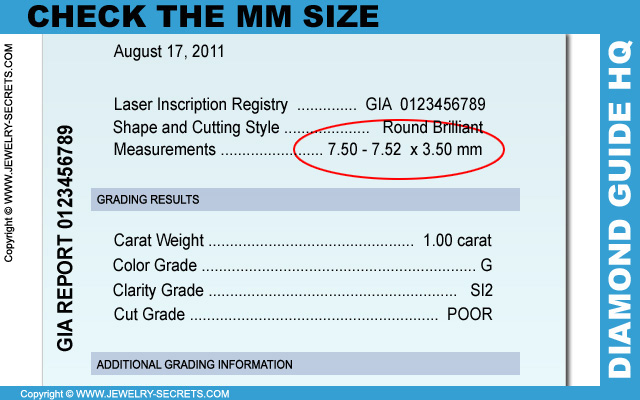
Common ideal mm sizes for round carat weights are listed below:

Check out my post here for more mm carat weights of different shapes and cuts.
The good thing is some spread diamonds still sparkle and look great, but you may have to judge these with your naked eye. The eye is the true test!
No matter what, many stones will just lack life, light and beauty, not to mention the fact that many will get fish eyes! A fish eye is where the girdle is reflected under the table of the diamond because the stone is so shallow and shows when you look down into the diamond. See image below…
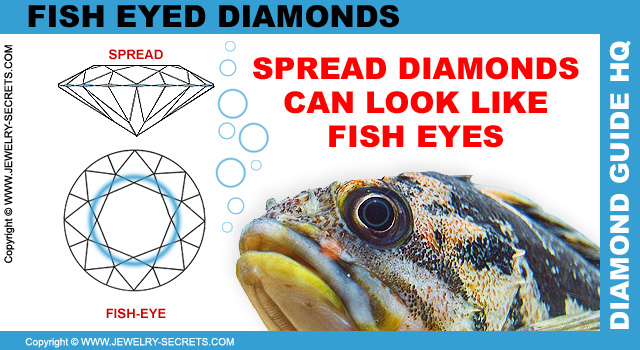
See how the stone faces up. If it still looks great, it may not be a bad choice, unless you break the stone…
2) The diamond is vulnerable to chipping:
Diamonds that are spread are more prone to chipping, cracking and breaking due to the fact that the diamond is thinner in depth and especially at the weakest part of the diamond, which is the diamond girdle.
Some diamond girdles are already thin (some are non-existent) even on an ideal cut diamonds. So getting a very thin or extremely thin girdle can make matters much worse.
Good girdles to get are Thin, Medium or Slightly Thick. Girdle sizes will be listed on a diamond certificate as well. See the image below…
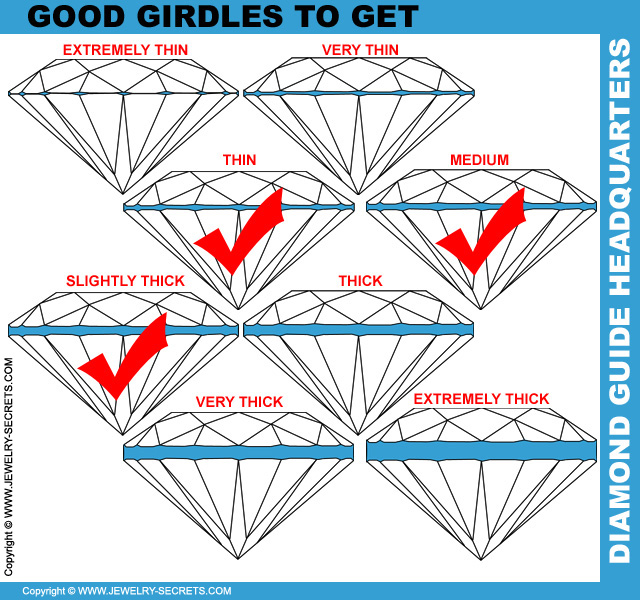
3) The diamond is hard to upgrade:
Why would a spread stone be hard to upgrade? Because of the carat weight you’d have to upgrade to.
Think about it, if you have a one carat diamond (for example) that already looks like 1.25 carat, then to see a difference in your upgrade, you’d have to purchase a diamond with a carat weight of 1.50 or larger. That’s a hefty jump in both carat weight and price. Compare a one carat diamond price to a 1.50 carat diamond price…
| CARAT WEIGHT, CLARITY, COLOR, CUT, CERTIFIED | PRICE | VIEW |
| 1.00, SI1, G, EX, GIA | $5,600 | VIEW |
| 1.50, SI1, G, EX, GIA | $10,800 | VIEW |
Just a little jump, eh?
(Double the price!)
4) The diamond value will be lower:
Why would a spread diamond have a lower trade-in value?
Because the cut is poor (poor make, off-cut, bad cut). Either way, a diamond with a poor cut is less valuable than a better cut stone. That shows in the trade in value as well…
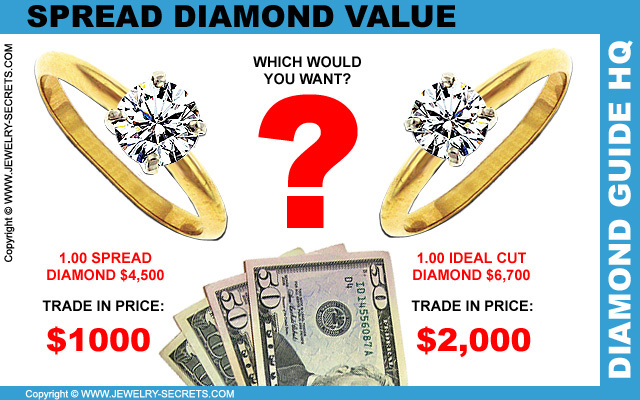
This value may not bother you much, but if you ever decide in the future (say for an anniversary) to upgrade her diamond, you may not like what you get.
Now that we’ve talked about the cons, let’s take a look at the pros to owning a spread diamond…
The pros to a spread diamond
1) The diamond looks bigger
2) The diamond is cheaper
Let’s take a closer look…
1) The diamond looks bigger:
This is pretty self explanatory, but who wouldn’t like a diamond that actually looked bigger?
Big diamonds rule!
She’ll be able to put her one carat diamond (or whatever size you buy her) up against her girlfriend’s diamond ring and hers will look bigger (bragger).
This is one of the “biggest” selling points to a spread or shallow diamond. They look HUGE!
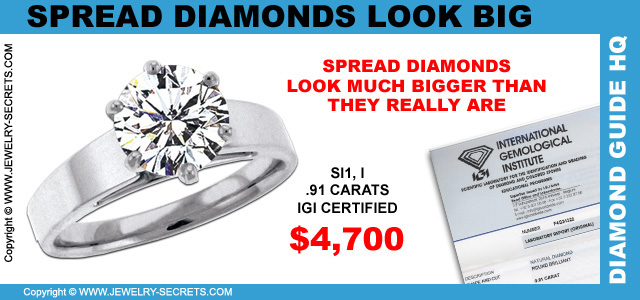
But not only is carat weight appearance a factor in spread stones, there is one better reason…
PRICE!
2) The diamond is cheaper:
Spread diamonds really are cheaper! When the cut is off, the whole value of the diamond drops. Sometimes if the cut is off a little, it won’t really be that noticeable. But if the diamond is off by extremes, then the value of the diamond will drop by extremes as well.
This is why two diamonds of the exact same color, carat weight and clarity can be thousands of dollars different in price. It’s all in the cut.
You may think you’re getting a great deal at a jewelry store, but you could be getting a poorly cut diamond with no sparkle… Plus the fact that it could chip easier. Not such a great deal anymore is it?
Why are diamonds cut spread?
The main reason why diamonds are cut shallow and spread is this: To utilize the parent rock and make more profit!
Diamond cutters take advantage of as much of the rough rock as they can. The more diamond they can get out of the rock, the more profit everyone will make. See the image below…
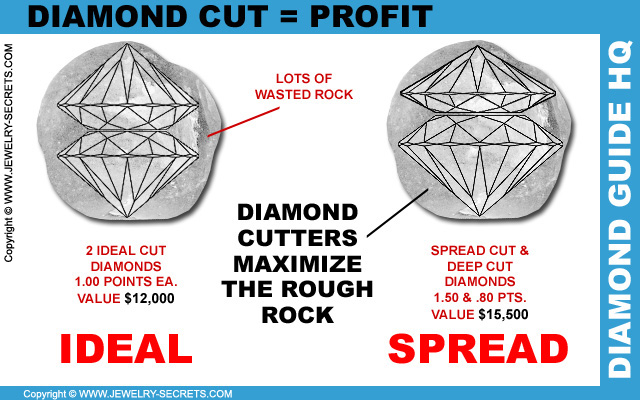
That image shows two ideal cut diamonds versus two diamonds cut shallow and deep. You get more money if you use all of the rock.
Diamond cutters don’t worry about this much because they know that spread stones will sell. Not many people dive in and learn about shallow or deep stones, so everyone wins… Except you!
If you’re buying a diamond that’s spread, fine, no problem, as long as you know that, enjoy the stone and the savings.
But if you didn’t know, you really are missing out. You may notice this when your fiance says “Why doesn’t my diamond sparkle?“
Trust me, women know diamond quality. They can look at a diamond and know whether it sparkles or is dull, dark and lifeless. If the diamond is blah and boring, she won’t be happy.
Some jewelers may fool you
Some jewelry stores may even fool you into thinking you are buying a bigger carat weight. Watch out!
If you’re looking at a one carat diamond, the clerk may show you a diamond that’s 80 points (.80 carat) and say “This diamond spreads one carat“… Meaning it faces up like a one carat diamond, but isn’t.
If they say the word spread, look closer.
Some jewelers say the spread is good, which could mean that the diamond you’re looking at is cut well and proportioned correctly. But usually when you hear the word SPREAD it generally means; wide, shallow, narrow stone!
How do you know if your diamond is spread?
Check the certificate!
See what the mm size is for your stone for that carat weight as in the chart below…

Or you can just check the grade cut of the diamond on the report. That will tell you in an instance if the diamond is cut well.
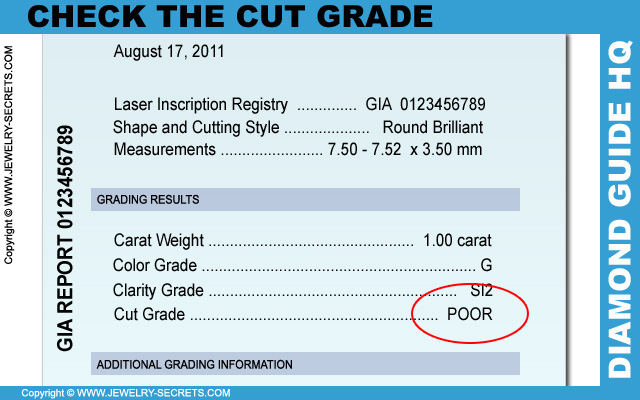
GIA rates the cut of a diamond in 5 different cut grades:
Excellent
Very Good
Good
Fair
Poor
(Learn more about cut grades)
If your diamond has a Fair or Poor cut, chances are good the stone is either shallow and spread, or lumpy and deep. Either one is not good!
It’s wise to stick with a cut that is graded Very Good or Excellent. That way you know the diamond is cut well and will sparkle greatly!
Good grade cuts are not bad. You can find some awesome diamond deals with Good cuts, but I would take a closer look at everything else before you make that final buying decision.
All in all, you may find a diamond with a large spread, but if it doesn’t shine and could easily break, it’s not really worth buying!
What’s your spread?
See some ideal cut diamonds HERE at James Allen.
Cheers! :)


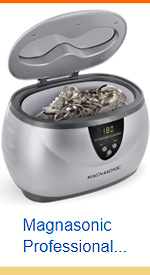

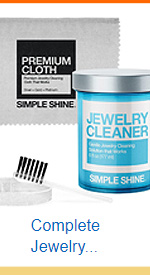
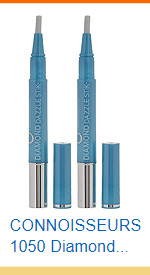
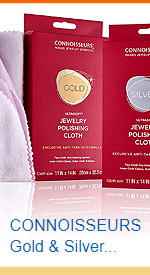
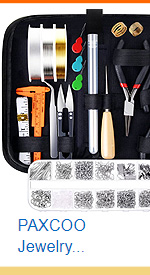
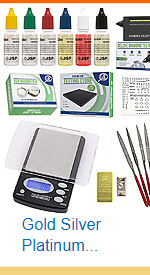
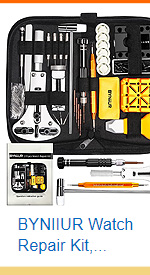
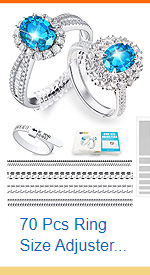
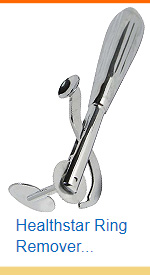
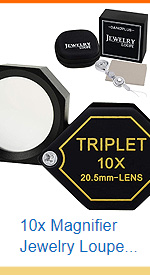
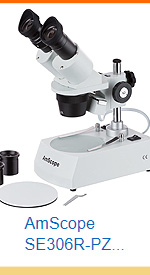




Leave a comment